Starting a garden is a great way to grow healthy vegetables, herbs, and fruits to enjoy your favorite fresh foods at home. While spacious outdoor gardens produce large crops, you don’t need a large garden to grow healthy vegetables in a small space.
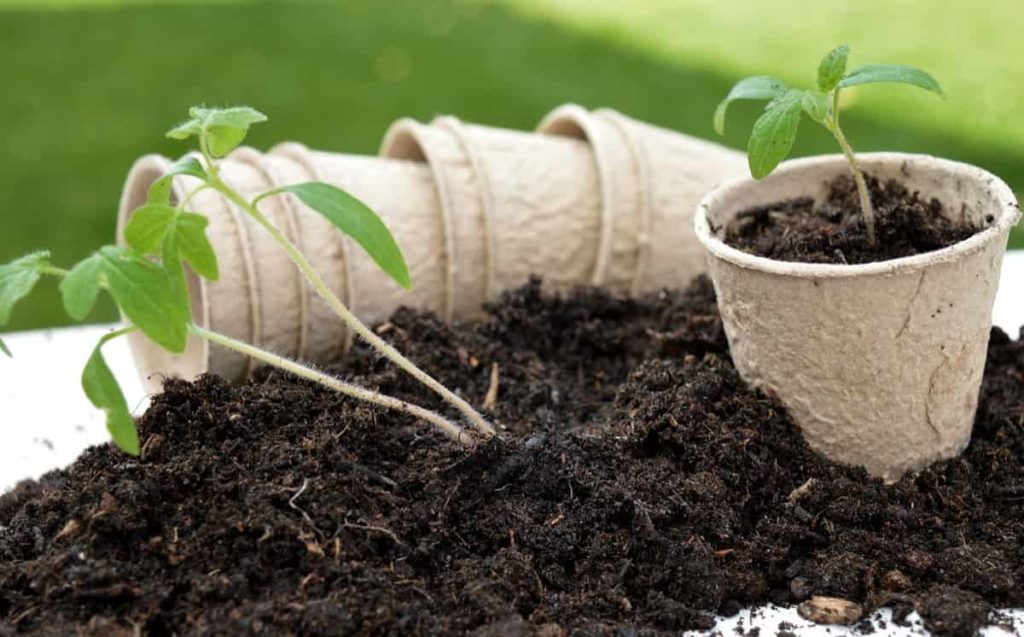
With the right soil, watering schedule, containers, and sunlight, you can grow your favorite delicious plants in small steps. But if you’re a first-time gardener, you need to know several things before you start growing. But to become a professional vegetable gardener, you must learn and understand what it takes to keep your plants healthy and strong.
Gardening tips for beginners
How do beginners start a garden?
1. Find a sunny spot indoors – Your indoor garden will need at least 5 hours of sunlight daily. Plants need natural sunlight to grow, so you may need to find a small shelf or box to house your plants so they can be right in front of a window in your home. Knowing what plants you want to grow will help you decide where in your yard is the best place for a garden. Some garden plants like direct sunlight, while others prefer shade.
2. Start small – Caring for your plants takes time and dedication. It is best to start a small garden to take the best care of each plant.
3. Decide on a container – You don’t need a fancy pot of soil to grow healthy plants. Reuse large or small containers, such as plastic cans or clear yogurt or sour cream packages. They can save you money. Just make sure to poke a few small holes in the bottom of whatever container you use to drain the water. You’ll also want to put a waterproof plate under your containers, so water doesn’t spill onto your floor.
4. Test your soil – To ensure your soil is healthy enough to support plants, send a sample to a lab or use an at-home kit to measure your soil’s pH level. Different fruits and vegetables can tolerate different pH levels but will talk about anywhere from 6.5 to 7. It is also important to check these three nutrients: nitrogen, potassium, and phosphorus. You’ll need time to correct the errors if you get bad test results.
5. Start planting – Add potting mix until it is an inch below the basket’s rim. Then make holes large enough for your garden plants. After planting, sprinkle more potting mix to cover the roots.
6. Water well – Your plants depend on you for moisture. If you have a particularly hot spot, consider an automatic drip irrigation system to do the work for you. Don’t overwater your plant, especially if it’s a succulent or cactus. You only need to water the succulent twice a month at most.
7. Fertilizing the plants – Keep your potted plants thriving by applying a timely release fertilizer at planting time.
How can I make my garden organic?
Feed is fresher and more nutritious, and you want food crops free of chemical fertilizers, pesticides, and herbicides. The first step to going organic gardening is to test the soil. From this, you will learn the basic composition of your soil and its acidity or pH level. You’ll know the number of nutrients your soil already has and what nutrients it lacks. Plants forced to grow in poor soil are usually stressed, making them weaker and more vulnerable to pest and disease attacks.
Compost is the best soil conditioner, and it’s free to make. It encourages the growth of beneficial soil organisms, increases soil fertility, and improves the structure of any soil type. Adding organic amendments like compost and well-aged compost to your soil is probably the rule of organic gardening, both for natural nutrients and for improving soil quality. You don’t want to use toxic herbicides in your garden. Organic growing requires manual as well as preventive methods of weed control.
In case you missed it: Flower Gardening/Farming Ideas: Tips, Techniques, and Secrets for Beginners
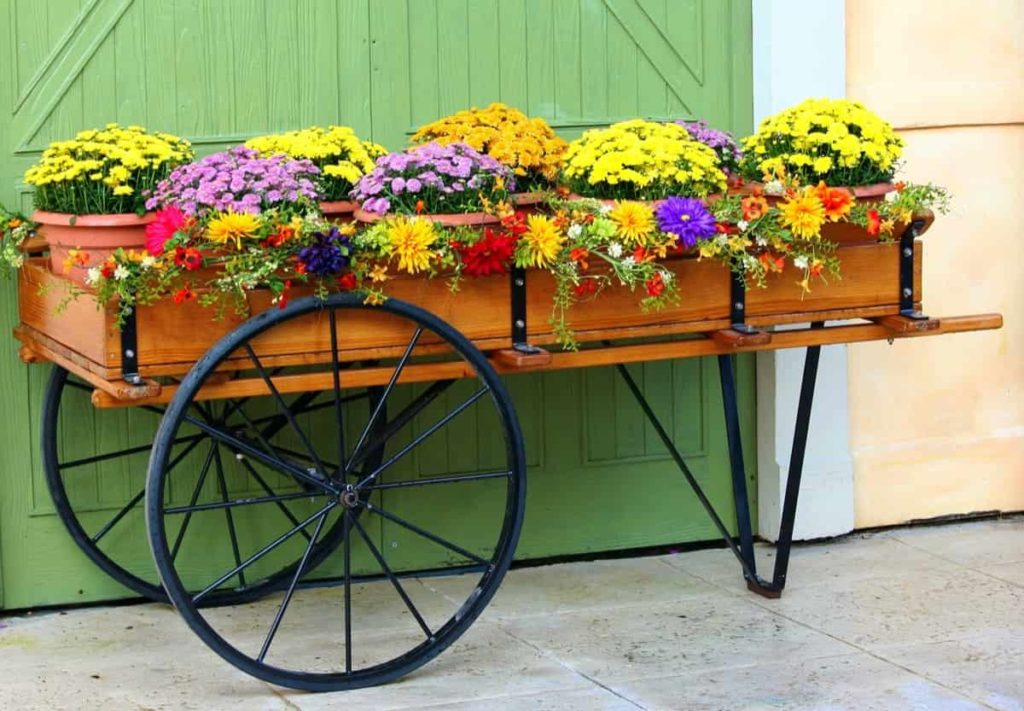
The best mulches around your plants in the garden bed include fallen leaves, straw, and compost. The best mulches for paths are wood chips and sheet mulched cardboard or newspaper (usually covered in another mulch). Good air circulation can help dry leaves more efficiently, reduce the risk of disease in the garden bed, and promote a healthier garden.
Why is my indoor garden dying?
- Over-watering is a major cause of plant death. The culprit is that beginners often want cute container gardens and use containers without drainage.
- You are using the wrong container. Drainage isn’t the only problem indicating you’ve chosen the wrong container for your plants. Make sure you use a pot at least 8 inches in diameter. Anything less will be inadequate in the long term. Imagine a root system as big as a visible plant, and you’ll know how much space roots take up. A larger pot will grow a larger herb plant but require less frequent watering.
- Many insects enter your home under the protective cover of beautiful plants. Houseplants can be excellent hosts for many pests because they are not exposed to natural beneficial insects and other predators that would otherwise keep populations in check.
- Most houseplant pests such as mealy bugs, whiteflies, and aphids can be dealt with using a mild soap and water bath or horticultural oil. If the weather permits, take the plant outside and spray it with a hose or leave it outside and let natural predators do the work.
What should I do first in my garden?
- Start slow; start small
- Build raised beds
- Be creative
- Play to your region
- Build the garden beds
- Use a barrier against weeds
- Enrich the soil
- Protect your investment with mulch
What is the best time to grow garden plants?
- For most locations, late March to early April may be the best time to start your garden.
- Most crops can be grown during this time, and the last frost date has passed, so soil temperatures and weather are favorable for starting a garden.
What is the most important part of gardening?
- Soil – The most important aspect of gardening. Plants need good soil for healthy growth and harvest. Well-prepared soil is the foundation of your garden plants.
- Sun – Plants are magical because they capture energy from the sun and convert that energy into their tissues through photosynthesis. Because garden plants need the sun to grow, many of them, including most fruits and vegetables, need a good amount of direct sun during the day.
- Water – Plants also need water. Just as a fresh drink keeps you from wilting in the sun, plants rely on a good water supply nearby to stay proud and healthy. Consider your water sources. Finding a system to deliver water to your garden will be important if they are not close to your garden plot.
What is the easiest fruit or vegetable to grow indoors?
- Some vegetables grow especially well indoors. These include Carrots, Green onions/scallions, Hot pepper, Microgreens, Potatoes, Radishes, Lettuce, and Tomatoes.
- Herbs that grow well indoors are Basil, Chives, Mint, Parsley, and Thyme.
- The fruit that grows well indoors is Orange, Dwarf Banana, Avocado, Kumquat, and Apricot.
- Low light plants – If you want to create a low-maintenance tropical forest in a shady area of your home, choose low-light species such as Spider plants, Snake plants, and some Ferns.
What is the easiest herb to grow indoors?
Basil, Oregano, Mint, Chives, Sage, Rosemary, and Thyme are some of the easiest herbs to grow indoors, whether you already have them in the garden or want to plant them now.
What vegetables can be grown in pots at home?
- Container gardening is a method of growing plants in containers instead of planting them outside in the ground.
- Container gardening allows gardeners to control important growing conditions such as sunlight, humidity, and temperature.
- The best vegetables to grow in containers are Beans, Beets, Chard, Chilli, Peppers, Black Lettuce, Onion, Radishes, Potatoes, Cucumbers, Tomatoes, and Zucchini.
How do plants keep healthy in pots?
Small sun spots in your yard, patio, or balcony can all be successful. Heirloom garden seeds and the development of new hybrid varieties also offer excellent options, such as colorful new vegetables and varieties from around the world. Selecting the right location and ideal varieties of your favorite plants will help you maximize your harvest.
In case you missed it: How to Start Strawberry Farming in the USA: A Step-By-Step Production Guide to Planting to Harvesting
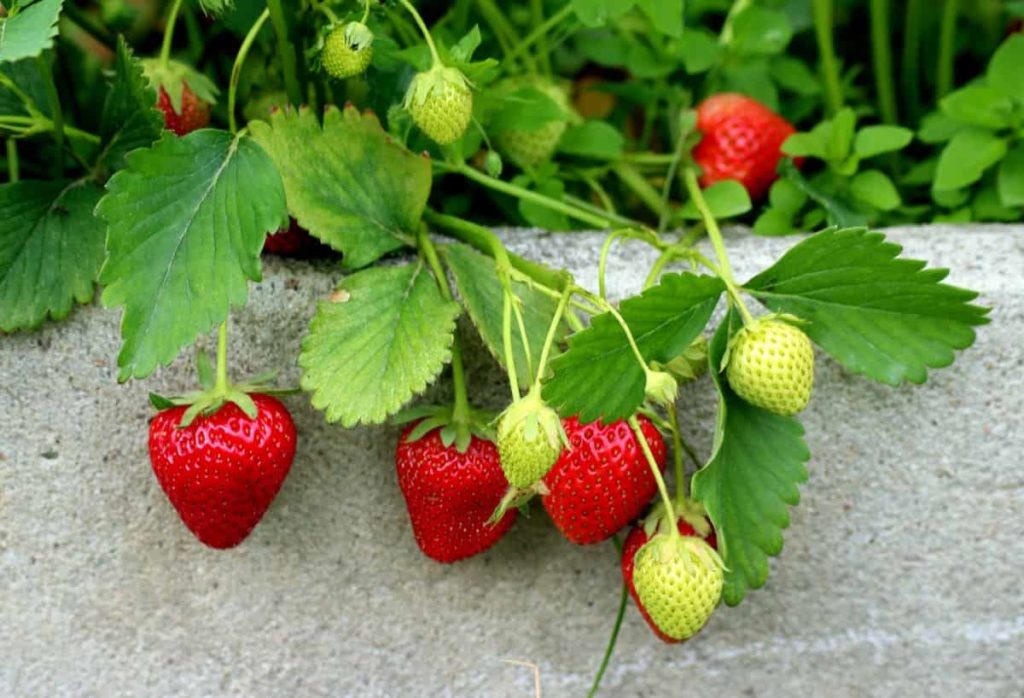
Plants need soil rich in organic matter. Fertile soil is very important to plant growth, but even more so with vegetables because the flavor is affected by soil quality. Soil health is why the same grape variety can vary from region to region and why some regions grow more hot peppers than others. The ideal container depth will depend on what vegetables you choose to grow.
Some other tips to get plants healthy are;
- Water the plants regularly
- Check the soil moisture
- Give plants sunlight or artificial light
- Use a humidifier to maintain the surroundings
- Add compost to the pot to provide nutrients to the plant
- Prune your plants regularly
How often should I water the plants?
Depending on the plant species, you can usually get away with watering your indoor plants once a week. Outdoor plants rarely stick to such schedules – at certain times of the year, you can leave them for a few weeks, while in the height of summer, pots may need to be watered twice a day. Water must be readily available. Nothing burns out a beginning gardener more than having to water thirsty plants during a heat wave. Consider investing in a standard hose or, even better, a drip irrigation system with a sprayer attachment.
What nutrients do garden plants need?
The most important vegetable fertilizer nutrients are nitrogen (N), phosphorus (P), and potassium (K). Other nutrients, including iron, copper, manganese, and zinc, are required in smaller amounts. There are many options for using fertilizers in container plants. A good place to start is with an all-purpose fertilizer. All-purpose fertilizers contain nitrogen, potassium, and phosphorus, nutrients plants need in large quantities, and other essential plant nutrients such as iron, manganese, and zinc.
To grow your garden plants, start with well-drained, sandy loam and add as much organic matter as possible. Nutrient solutions such as compost tea, worm tea made from worm castings, liquid organic manure, fish emulsion, and kelp meal provide essential nitrogen, phosphorus, and potassium as well as micronutrients and organic compounds.
Better than synthetic fertilizers, this organic fertilizer will not burn your plants and provide essential macronutrients, many micronutrients, minerals, amino acids, and vitamins. Most release their nutrients slowly –good water them in – giving you long-lasting, healthy results.
What is the best way to grow plants at home?
- Choose healthy houseplants
- Consider your lighting and space
- Complement your décor
- Choose your potting soil mix
- Water indoor plants properly
- Fertilize indoor plants regularly
- Control houseplant pests
- Provide adequate humidity
Considerations for growing plants at home
Site selection – You should choose a site where the soil is loose, rich, and well-drained. Never choose low-lying areas where water accumulates, or the soil remains wet. Your plants will not grow in poorly drained areas. Also, remember that vegetables need sunlight to grow well, so don’t plant them in a shady spot.
Deciding what to grow – Many people get confused about what they grow because they don’t know what would be the right crop for their garden. What to grow in the garden is just as important as where to find it.
Choose your potting soil mix – Keeping your indoor plants in their best shape starts with a perfect home for their roots. An ideal potting mix helps retain soil moisture, so your plants don’t struggle with being too wet or dry.
How can I improve my terrace garden?
- Waterproof Roof
- Plan a layout
- Containers are perfect for gardening beginners
- The right mix of light and shade
- Choose the right soil
- Choose plants wisely
- Fertilize the plants regularly
- The right time to water
What tools are used for gardening?
If you’re planning a beginner garden, invest in quality garden tools. If you compromise on quality, you may need to buy garden tools again and again. Basic tools needed in the garden include;
- Hand trowel
- A hand fork or cultivator
- Long-handled shovels and spades
- Garden Rake
- Hand pruners or pruning shears
- Wheel barrow
- Garden fork
- Garden hoe
- Spade
- Leaf Rake
- Garden Shovel
- Garden Knife
In case you missed it: Vegetable Gardening/Farming ideas: Tips, Techniques, and Secrets
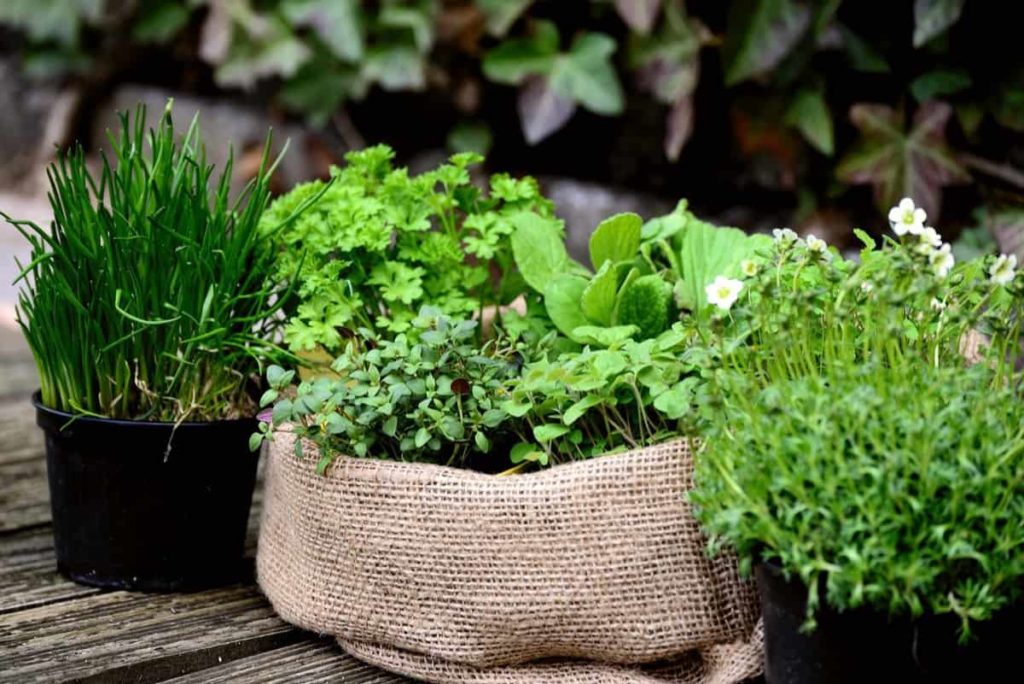
Avoid buying low-quality and wrong-size tools. Visit your nearest garden center and purchase the right size tools to reduce the risk of injury. Also, keep tools clean and sharp to prevent the spread of disease.
How do I plan a fruit garden?
- Different plants may need to be planted in different soil types, but it’s easy to group herbs with similar needs once you know what they are. Most plants require rich, moist soil that is well-drained and moderately fertile. Keeping the soil healthy is important regardless of the plant you grow. All plants need regular watering, although some herbs need more water than others. Plant the fruit in compost-rich, loamy soil that is deep and well-drained. Avoid planting fruits where there is standing water after rain.
- Fruit tree roots are deep when the soil is moist, and the trees are watered deeply. Most fruits need full sun to develop sugars – the sweeter the fruit, the more sun it needs.
- Different fruits thrive at different temperatures, so when choosing species, make sure your selections will be able to survive the winter in your garden.
How often should I water the plants?
A good rule for most plants is to water about once per week. Sometimes, twice a week will be needed during extreme heat or drought conditions. Water in the cool of the morning, between 6 and 10 a.m., to prevent evaporation and soak the roots deeply. Watering plants in containers is different from watering plants directly in the soil. Additionally, potting limits the amount of soil that can hold water. And because the vessels are above ground, there isn’t enough mass around them to keep them cool. Too much or too little water will kill your garden plants.
The idea is to keep the soil moist but not wet. Many container-grown plants must be watered once or twice a day during hot weather. Some plants want to be watered daily, while others need time to dry out between watering. It is good to give your garden plants a heavy watering immediately after planting and then let the soil dry out before watering again. Plants do best when watered about three times a week, depending on rainfall. Suppose plants are seedlings; water twice a day until established. But don’t water without thinking.
Which flower is the easiest to grow?
- Sunflowers
- Nasturtium
- Marigold
- Cosmos
- Zinnia
- Petunia
- Calendula
- Portulaca
- Pansies
How do you start an herb garden for beginners?
- You can also start your varieties by growing transplants from seeds. Often, you don’t need to start from seed because some varieties of nursery-bought transplants are disease-resistant and can grow well.
- Easy-to-grow herbs perfect for beginners are Mint, Thyme, Chives, Lemon balm, Sage, Oregano, Parsley, and Basil.
- Some herbs are particular about soil conditions. But, most just want well-drained soil.
- Adding organic matter or compost around your plants is an excellent way to improve soil drainage. Do this before planting. If plants are already in the ground, spread a layer of compost around your herbs and use a fork to mix it in with the soil carefully.
Which soil is best for terrace farming?
- A premium potting mix is recommended for terrace and container gardening. Mix potting soil with compost, river sand, and organic matter.
- Using normal gardening soil is a very bad idea.
How do beginners start a garden?
- Get it right
- Stay near water
- Start with great soil
- Consider containers
- Choose the right plants
- Explore your zone
- Learn your frost dates
What is home gardening?
- It is a farming system that integrates the various physical, social and economic functions of the land around the family home. It is used as a workplace and for storing agricultural produce. A garden is also a place where people live and meet each other and where children play.
- Gardening is an activity that is quite physical. It includes weeding, watering plants, mulching, trellising, and pruning—all of which are part of the physical labor of a gardener. Hence, it becomes a perfect complement to your workout routine. Gardening is also a very practical activity.
In case you missed it: 14 Key Rules for Successful Backyard Farming/Gardening: A Beginners Profitable Guide
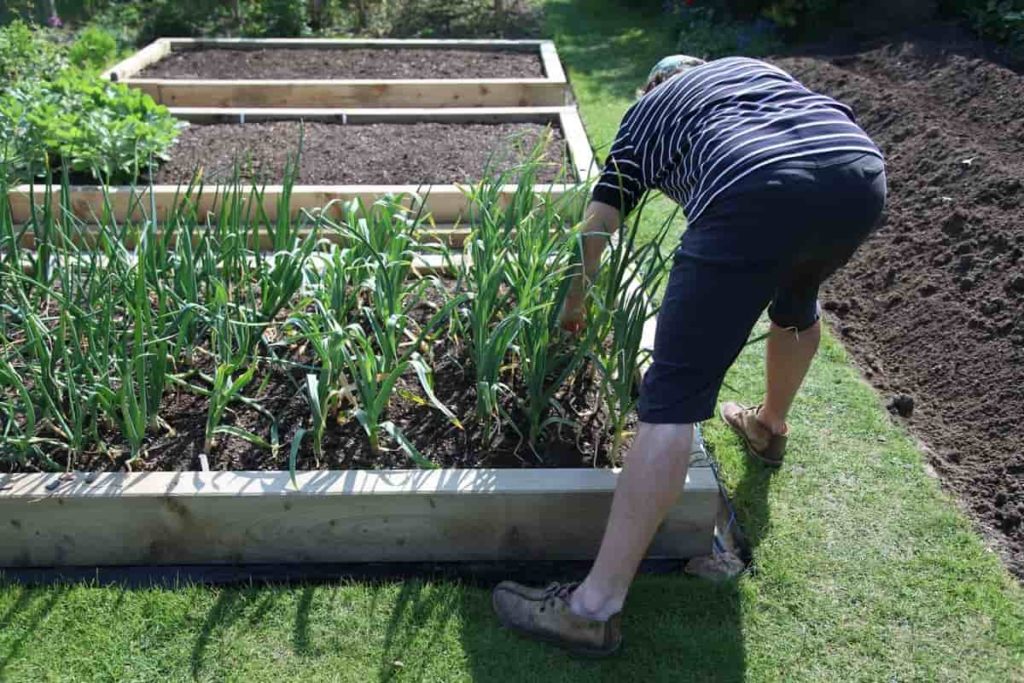
How do you start a balcony garden?
- Your first important consideration when growing on a balcony is whether the balcony itself can support what you are growing. Most balconies should be able to handle some containers or beds, but it’s a good idea to test the strength of your space before you start loading it with plants.
- South-facing balconies are best but will face southeast or southwest. And if you have a north-facing window, you can still grow plants. You will only need to adjust the varieties you grow for shade-loving varieties.
- Most balconies have drainage holes or slopes, so water flows in a certain direction. Check it out when you’re out on the balcony. The last thing you want to do is annoy the downstairs neighbor by showering them with dirty water every time you water the garden.
- Tomatoes, Peppers, Eggplant, and beans are great plants to grow in containers on your balcony floor.
- Basil, Sage, Thyme, and Oregano grow well in the balcony garden.
- Leafy vegetables that grow well in a balcony garden are Leaf Lettuce, Spinach, Kale, etc.
- Flowers that grow well in the balcony garden are Begonias, Pansies, Petunias, Jasmine, and Roses.
- Choose plants that are easy to care for and do not require much effort. You can grow Aloe Vera, Snake plants, and mini plants on your balcony. Such plants can survive for several days without water. Consider planting low-maintenance flowers like Marigolds and Begonias, which look great on balconies and require little maintenance. You should also provide enough water, sunlight, and nutrients for your balcony garden.
- Fertilizers are used for this specific purpose. You can either buy container-specific fertilizer or use compost. The latter is natural and safe for the environment. Add some compost to the soil every two weeks to keep your plants healthy. Potted plants should be fertilized regularly as they die out quickly, and overwatering can dry them out.
What is meant by terrace gardening?
- Also called a roof garden is a garden in which vegetables, fruits, or flowers are grown on rooftops, balconies, or roofs of buildings.
- Gardening requires a lot of water, and providing good drainage will ensure that your roof remains water-resistant and leak-free.
- Ensure your terrace gets 4-6 hours of light, as most plants respond well to this. But, during sweltering summers, relieve your plant of excess heat by setting up some shade. The roof gets most of the sunlight. However, depending on the plants you want to grow, you will need to monitor the sunlight.
- You can choose a light-colored shade cloth because it reflects heat and allows for ventilation, so plants don’t suffocate in the shade. During summer, roof plants may need to be watered twice daily, as water evaporation is at its peak. On other days, you can stick to watering the plant deeply only when the topsoil feels dry to the touch. Water only early in the day or in the evening to prevent waterlogging. Also, reduce watering in the monsoons, as your rooftop plants will naturally have enough water already.
Which plants are best for a terrace garden?
- Vegetables – Tomato, Radish, Peas, Chilli, Beans, Cucumber, Carrot, Eggplant.
- Herbs – Thyme, oregano, and rosemary prefer very well-drained soil, whereas Mint, Coriander, and Lemon Balm thrive in moist soil. You can water herbs for the terrace garden as needed. Some annual herbs that grow well are Basil, Fennel, Dill, Cilantro, Marjoram, Parsley, and Chive. You can also go for perennial plants like – Oregano, Lavender, Sage, Thyme, Mint, and Rosemary.
- Flowers – Bougainvillea, Arabian Jasmine, Sunflowers, Daylilies, Rose, Pink Rain Lily, Marigold
- Fruits – Blueberries, Cherries, Figs, Gooseberries, Peaches and Nectarines, Plums, Raspberries, Strawberries, Apricot, Plum
In case you missed it: 15 Key Rules for Successful Terrace Farming/Gardening: Check How this Detailed Guide Helps Beginners
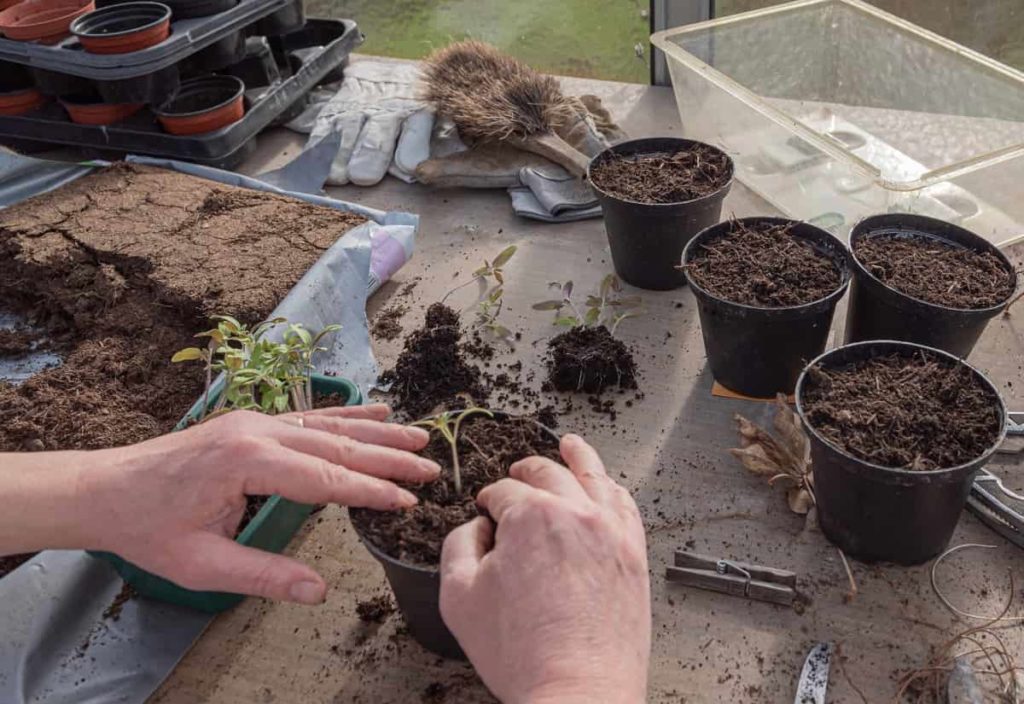
What are the common garden pests, and how are they controlled?
Caterpillar, Capsid Bugs, Aphids, Ants, Eelworms, Slugs and Snails, Vine Weevil, Leaf miners, Scale, Whiteflies, Earwigs, Cutworms, Fungus gnats, Mealybugs are the most common garden pests.
Tips for controlling garden pests
- Inspect the garden plants before purchasing them to make sure they are healthy. Then wash them gently before planting.
- Use clean potting mix and clean containers.
- Wash your hands and tools too.
- Make sure you grow plants in optimal conditions.
- Please get rid of already infected plants that have lost more than half of their leaves.
- Small pest problems such as spider mites, aphids, or whiteflies can be difficult to control, and plant diseases can spread. To combat these pests, try organic pest control products.
- Some garden pests such as mealybugs, scale insects, and spider mites can wreak havoc in your indoor garden. Even if you check your plants thoroughly for pests when you buy them, some bugs remain dormant and show up later – when you least expect them. It is important to check weekly for signs of infection.
- If you see bugs, isolate the affected houseplant immediately to protect the rest of your plant family. When using pesticides, follow label directions closely, including pre-harvest intervals for any edibles. Whenever possible, take the offending plant outside for treatment. Avoid using insecticide sprays indoors or in confined spaces.
Conclusion
Gardening is the way of growing and cultivating plants as part of horticulture. Gardening involves growing flowering plants, herbs, vegetables, and fruits. Although a garden is usually located on the ground near a residence, it can also be located on a rooftop, in a backyard, on a balcony, in a window box, or on a patio. Fresh fruits, vegetables, herbs, and flowers brighten up the yard and can help you eat healthy on a budget. Above is everything you need to know about houseplants, plus a list of the best plants to grow in your garden.
- Types of Pesticides Used in Agriculture: A Beginner’s Guide
- Economical Aquaculture: A Guide to Low-Budget Fish Farming
- 15 Common Planting Errors That Can Doom Your Fruit Trees
- How to Make Houseplants Bushy: Effective Tips and Ideas
- Innovative Strategies for Boosting Coconut Pollination and Yield
- Pollination Strategies for Maximum Pumpkin Yield
- The Complete Guide to Chicken Fattening: Strategies for Maximum Growth
- Natural Solutions for Tulip Problems: 100% Effective Remedies for Leaf and Bulb-Related Issues
- Revolutionizing Citrus Preservation: Towards a Healthier, Greener Future
- Natural Solutions for Peony Leaf and Flower Problems: 100% Effective Remedies
- Maximizing Profits with Avocado Contract Farming in India: A Comprehensive Guide
- Natural Solutions for Hydrangea Problems: 100% Effective Remedies for Leaf and Flowers
- The Ultimate Guide to Choosing the Perfect Foliage Friend: Bringing Life Indoors
- From Sunlight to Sustainability: 15 Ways to Use Solar Technology in Agriculture
- The Ultimate Guide to Dong Tao Chicken: Exploring from History to Raising
- The Eco-Friendly Makeover: How to Convert Your Unused Swimming Pool into a Fish Pond
- Mastering the Art of Delaware Chicken Farming: Essentials for Healthy Backyard Flocks
- 20 Best Homemade Fertilizers for Money Plant: DIY Recipes and Application Methods
- How to Craft a Comprehensive Free-Range Chicken Farming Business Plan
- Brighten Your Flock: Raising Easter Egger Chickens for Beauty and Bounty
- How to Optimize Your Poultry Egg Farm Business Plan with These Strategies
- Subsidy for Spirulina Cultivation: How Indian Government Schemes Encouraging Spirulina Farmers
- Ultimate Guide to Raising Dominique Chickens: Breeding, Feeding, Egg-Production, and Care
- Mastering the Art of Raising Jersey Giant Chickens: Care, Feeding, and More
- Ultimate Guide to Raising Legbar Chickens: Breeding, Farming Practices, Diet, Egg-Production
- How to Raise Welsummer Chickens: A Comprehensive Guide for Beginners
- How to Protect Indoor Plants in Winter: A Comprehensive Guide
- Ultimate Guide to Grow Bag Gardening: Tips, Tricks, and Planting Ideas for Urban Gardeners
- Guide to Lotus Cultivation: How to Propagate, Plant, Grow, Care, Cost, and Profit
- Agriculture Drone Subsidy Scheme: Government Kisan Subsidy, License, and How to Apply Online
- Ultimate Guide to Raising Araucana Chickens: Breed Profile, Farming Economics, Diet, and Care
- Bringing Hydroponics to Classroom: Importance, Benefits of Learning for School Students
- Ultimate Guide to Raising Polish Chickens: Breed Profile, Farming Economics, Diet, and Care
- Ultimate Guide to Raising Australorp Chickens: Profile, Farming Economics, Egg Production, Diet, and Care
- Silkie Chicken Farming: Raising Practices, Varieties, Egg Production, Diet, and Care
- Sussex Chicken Farming: Raising Practices, Varieties, Egg Production, Diet and Care
Very useful information thanks